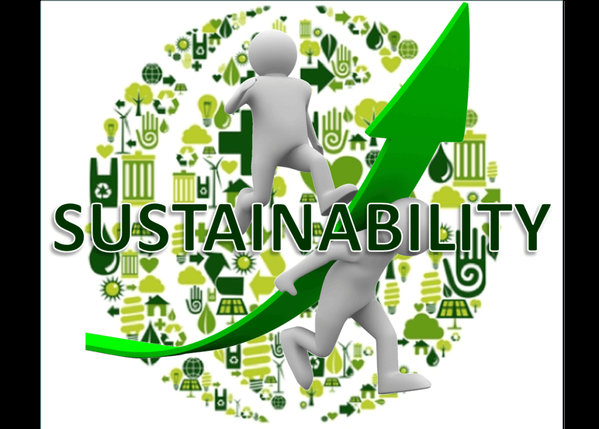REUSE SALVAGED MATERIALS AND REDUCE GHG EMISSIONS !
As discussed in some of my previous blogs ; we need to give importance to sharing and making the most out of our resources thus making it a circular cycle where in the life cycle of a product/material increases drastically and it turns out to be an environmentally friendly option which becomes a lot more economical as well. The EU has already realized the potential of this ‘Circular Economy’ and is working tirelessly to maximize on the benefits and to REDUCE GHG EMISSIONS at the same time.
The construction industry is under increasing pressure to become sustainable. One way to address this is through the use of reclaimed materials. Redirecting building materials from the waste stream of this process, and reusing them in other nearby projects is a critical component of sustainable development.
There is a huge amount of construction waste, and the potential to reuse this to reduce landfill and new materials is enormous. When reclaimed materials are secured from an existing building site, the environmental impact is virtually zero.
Even when they are sourced from far away, reclaimed materials are still the most environmentally friendly option for supplying materials to the building industry.
Reclaimed materials are those that have been previously used in a building or project, and which are then re-used in another project. The materials might be altered, re-sized, refinished, or adapted, but they are not reprocessed in any way, and remain in their original form. Materials that have been reprocessed and reused in the building industry are referred to as recycled materials.
Examples of materials that can be reclaimed include: bricks, slate roofing, ceramic tiles, fireplaces, doors, window frames, glass panels, metal fixtures and fittings, stairs, cobbled stones, steel sections and timber. A reclaimed material is often adapted for a different use, for example a roof beam might be used as a mantelpiece. This is known as re-purposing.
The advantages of using salvaged material are listed below:
-First it recovers the highest percentage of the “embodied” resources in the materials or subsystems. The energy and raw materials consumed in the original manufacture of the materials or systems are not lost to landfill disposal.
-Second, salvaging reduces the total cost of materials since only the cost of removal, refurbishing, and transport are incurred by the salvage.
-Third, using pre-existing building components and fixtures reduces the carbon footprint often associated with construction by saving the energy required to generate new materials. In addition, reused materials are kept from landfills and are typically more durable and last longer than new products.

